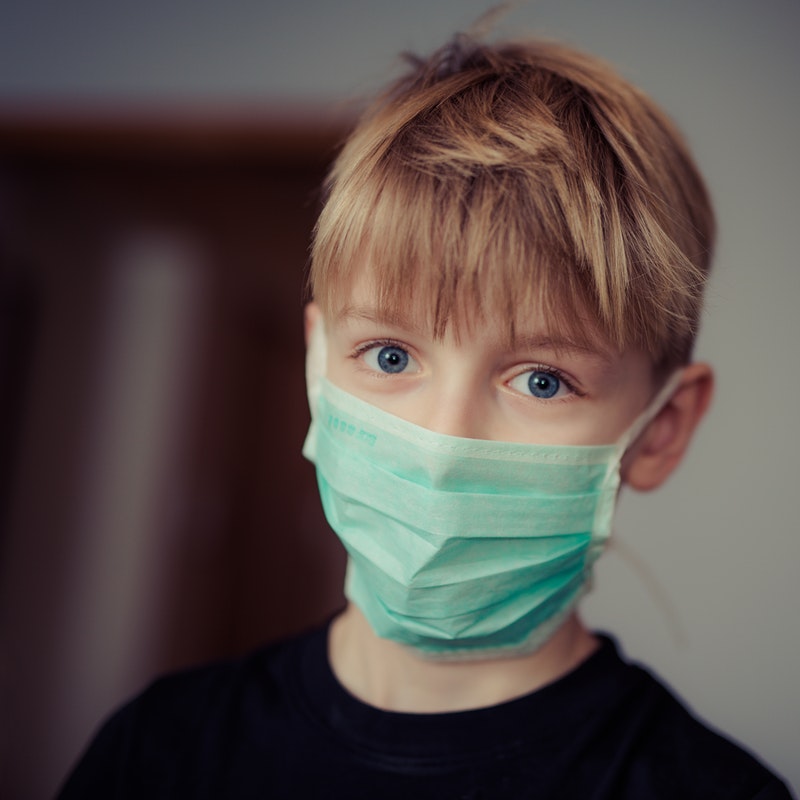ED physicians often serve as the
public's first line of defense during a deadly disease outbreak. While we may never see an actual case of Ebola, SARS or measles, we must have a workable strategy to identify, isolate and provide critical initial interventions on suspected cases. Failure to prepare will result in grim consequences, interrupting life-saving care and even temporarily closing medical facilities.
Hospital administrators understand the importance of preparation and demand strong physician partners who can aid with contingency planning. But as we learned during the 2014 Ebola scare, many organizations are struggling with pandemic preparedness.
In a survey of infection control professionals, only 6 percent of respondents said their hospitals were "well-prepared" to receive Ebola patients.
Fortunately, there are critical actions ED leaders can take to prepare for the inevitable. In this post, we'll discuss how we can foster a departmental culture that facilitates rapid response. We'll also discuss some key elements that should be part of every pandemic response plan.
The Groundwork
Disaster response requires a high level of collaboration both within the ED and across the hospital. Here are some ways ED leaders can lay a firm foundation of trust and teamwork:
1. Engage with your hospital.
In 2014, when the first Ebola cases appeared in the United States, our department was tapped to spearhead the hospital's response strategy. Fortunately, both my assistant medical director and myself held hospital leadership roles and served on several hospital-wide committees. Because we had previously collaborated with stakeholders throughout the hospital, we were very comfortable requesting their assistance and partnership. Working with our ED nurse managers and several members of the Quality Assurance Committee, we were able to formulate a solid Ebola response plan in a short period.
Relationship quality may be a difficult variable to quantify, but it's incredibly important when tackling complex public health issues. Our Ebola response plan touched just about every hospital department from the ED to infection control and housekeeping. For this reason, it's important that ED leaders take every opportunity to engage with their hospitals, build trust and nurture key relationships.
2. Identify appropriate process owners.
Throughout the recent measles and Ebola scares, our Rapid Medical Evaluation (RME) area has been incredibly effective at screening and isolating potentially contagious patients. I strongly believe that's because the RME process is owned by the physician assistants (PAs) and nurse practitioners (NPs) who staff it every shift.
Our PAs, NPs, RNs and physicians have all been involved in designing and managing RME from the start. They took a basic process blueprint and adapted it to the needs of our department. The PAs and NPs who staff RME are responsible for setting and monitoring quality standards for the area. The nurse manager and medical directors are involved, but their involvement is mainly in supporting roles. The vision for the program comes from those who work in it every day.
As a leader, it's important to accept that you may not be the best person for every job. By inviting team members to take ownership of processes that directly affect them, you'll benefit from their considerable know-how while fostering their engagement.
3. Focus on team communication.
Research suggests that
80 percent of the most serious medical errors may be prevented by better clinical communication. When public health is on the line during a pandemic, the ED can't afford to miss a sick patient or shortcut on safety protocols. It's therefore imperative that everyone on the team — from the medical assistants to the attending physician — feel empowered to speak up if they see a mistake being made.
There are many ways to improve team communication, including
training programs like TeamSTEPPS, implementing standardized handoffs and building communication tools into the EHR. Clinical leaders should also be mindful of these skills when recruiting. It's much easier to hire team members who are initially characteristically open and approachable than to develop them. Their positive and collaborative example helps ingrain these habits into the departmental culture.
The Nitty-Gritty
The day has finally come. An Ebola case has been diagnosed on US soil. A person with active measles has
ridden the subway. You haven't seen an actual case in your ED yet, but your patients are jumpy, and the hospital is looking to you for guidance.
While every outbreak is unique, here are some basic elements that should be part of your response strategy:
4. Refine existing processes.
When faced with the enormous responsibility of protecting public safety, there's no time (and often no need) to reinvent the wheel. For example, our department found that many of the processes and communication pathways we used during the Ebola threat could be adapted to manage potential measles cases.
One way to ensure you'll have best practices at your fingertips is to create a resource guide for your organization. During the Ebola outbreak, Vituity’s Program Director of Quality and Performance surveyed over a hundred EDs on their response plans and compiled the best practices. This real-life information provided a practical and actionable supplement to the CDC's bare-bones guidelines.
5. Catch trouble on the front end.
The sooner potentially contagious patients are
identified and isolated, the safer and less disrupted all of your ED patients will be. Ideally, this means screening everyone who walks through the doors within minutes.
During the Ebola and measles outbreaks, our department achieved this through some adjustments to our regular RME process. Our triage nurses screen patients immediately, move suspected cases to a designated isolation area and communicate their actions to the rest of the team. All of these process enhancements were designed by the PAs, NPs and nurses who make initial contact with these patients.
6. Gather and use data.
Data plays several important roles in disaster response. First, when choosing best practices, it's important to examine the evidence and select those that have achieved success for hospitals like yours.
Data is also the best way to gauge your own success. Are team members complying with the protocol? Are patients being screened in a timely manner? What are the costs associated with the process? Analyzing and sharing data can help you pinpoint issues, refine your processes and motivate your team toward its goal.
Finally, data can be used to demonstrate your plan's effectiveness to stakeholders. Anecdotes are interesting but present only part of the story. By making data available, you invite your audience to think critically about what's happening, raise questions and draw their own conclusions.
Patients: At the Center of It All
The complexity involved in preparing for a pandemic — or any disaster — can feel overwhelming to the group spearheading the effort. But when things become complicated, we take a step back and ask the most important question: what is the best course of action for the patient? Likewise, if collaboration stalls over finances or schedules or cultural clashes, it's often helpful to reframe the discussion around the noble cause of patient care.
By doing what's best for patients, we almost always end up doing what's best for our hospital and colleagues. When everyone is focused on the patient, petty concerns resolve and details fall into place.
What's more, every time an organization comes together with a mission to improve patient care, this focus becomes more deeply ingrained in its culture. The compassion and teamwork forged during these difficult times will be noticed by patients and valued by staff long after the latest pandemic passes into history.
Originally published March 12, 2015. Updated March 7, 2018.






















